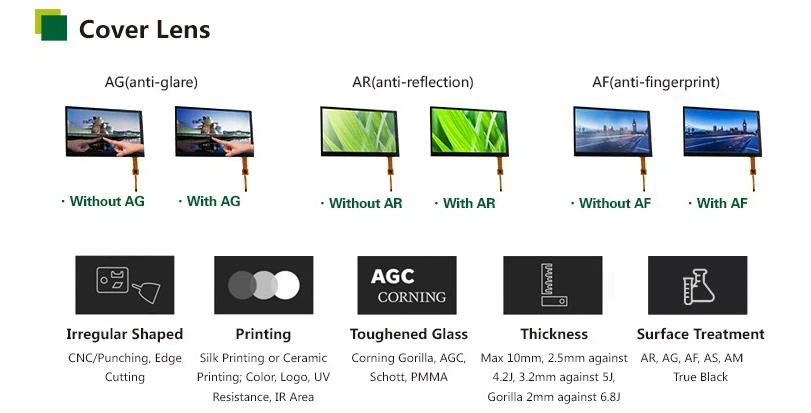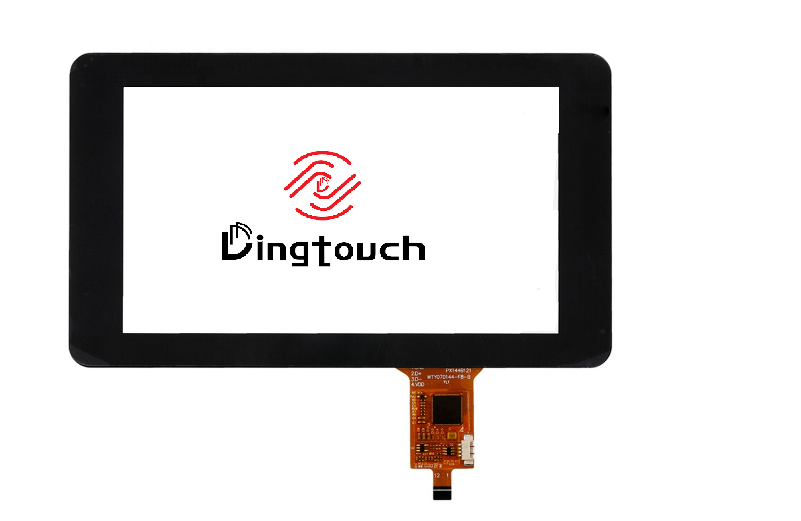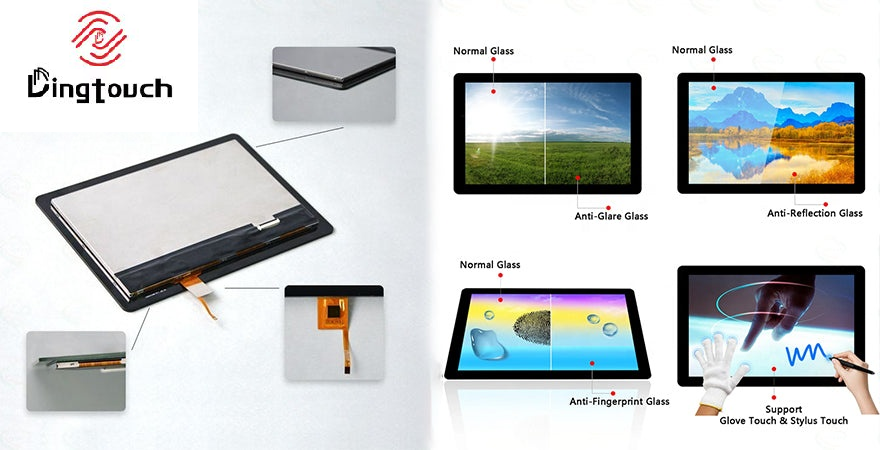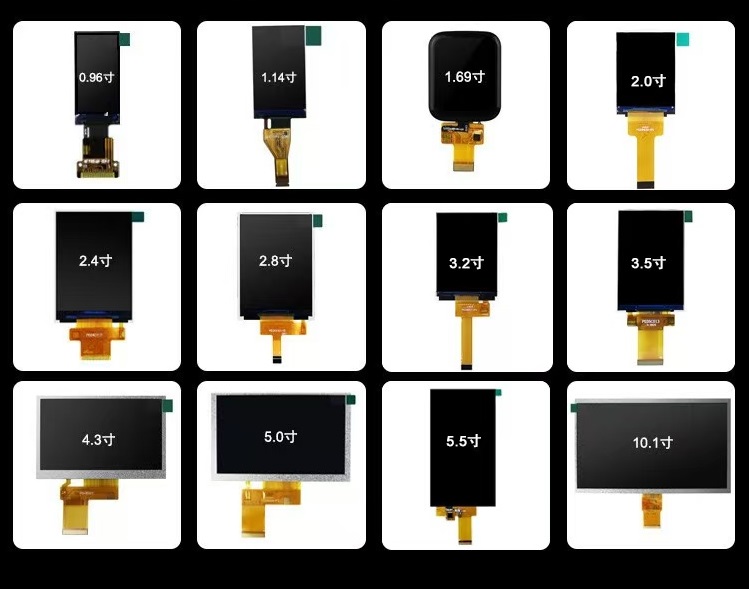News
Can An Lcd Screen Fix Itself?
Can An Lcd Screen Fix Itself?
Content Menu
● Understanding LCD Technology
● Can LCD Screen Repair Themselves?
>> 1. Stuck Pixels vs. Dead Pixels
● Common Issues with LCD Screen
● How to Fix Common LCD Issues
● The Future of Self-Healing Display
>> Mechanisms Behind Self-Healing Technology
● Maintenance Tips for LCD Screen
● Expanding Knowledge on LCD Issues
● Preventative Measures Against Damage
>> 1. What causes dead pixels on an LCD screen?
>> 2. Can I fix a cracked LCD screen myself?
>> 3. How do I prevent my LCD screen from cracking?
>> 4. What should I do if my screen starts flickering?
>> 5. Are self-healing screen available in consumer products?
DINGTouch:Liquid Crystal Display (LCD) are integral to our everyday lives, found in devices ranging from smartphones and tablets to televisions and computer monitors. Despite their widespread use, many users remain unaware of the intricacies of LCD technology and whether these screens possess any self-repair capabilities. This article delves into the functionality of LCD screen, explores the concept of self-repair, and provides insights into common issues and their resolutions.

Understanding LCD Technology
LCD technology operates on the principle of liquid crystals that manipulate light to create images. An LCD consists of several layers:
- Backlight: This layer provides the necessary illumination for the display.
- Polarizers: These control the passage of light through the liquid crystals.
- Liquid Crystals: These are responsible for adjusting light properties based on electrical signals.
- Color Filters: These produce the desired colors by filtering light.
When an electrical voltage is applied to the liquid crystals, they align in a manner that allows varying amounts of light to pass through, thus creating the images we see on our screens.
Can LCD Screens Repair Themselves?
The straightforward answer is no; traditional LCD screen cannot fix themselves in cases of physical damage such as cracks or dead pixels. However, there are instances where certain types of pixel issues may appear to improve over time.
1. Stuck Pixels vs. Dead Pixels
- Stuck Pixels: These are pixels that remain fixed on one color and do not change. Users have reported that stuck pixels can sometimes "heal" themselves after a period or through methods like gently rubbing the screen or using software that cycles colors rapidly.
- Dead Pixels: In contrast, dead pixels are permanently off and do not respond to any input. These typically do not recover and require replacement of the screen.
2. Self-Healing Materials
Recent advancements in material science have led to the development of self-healing polymers used in some smartphone displays. For instance, researchers at the Korea Institute of Science and Technology have developed a polymer derived from linseed oil that can repair itself when exposed to UV light or heat. This technology is still experimental but shows promise for future display.
Common Issues with LCD Screen
Users often encounter several common issues with LCD screen:
- Cracks and Breaks: Physical damage often leads to permanent issues.
- Flickering: This can be caused by loose connections or hardware malfunctions.
- Color Distortion: Sometimes related to software glitches or damaged components.
How to Fix Common LCD Issues
While traditional LCDs cannot fix themselves, there are steps users can take to address common problems:
1. For Stuck Pixels
- Use a soft cloth and gently rub the area where the stuck pixel is located.
- Employ software tools designed to cycle colors rapidly across the screen.
2. For Flickering Screen
- Check connections if you're comfortable opening your device; reseat any loose cables.
- Update drivers if using a computer; sometimes flickering can be software-related.
3. For Cracked Screen
- If the screen is cracked, replacement is often necessary. DIY kits are available for some devices, but professional repair is recommended for complex devices like smartphones.

The Future of Self-Healing Display
The concept of self-healing display is gaining traction in technological circles. Analysts predict that self-healing smartphone displays could become mainstream by 2028. These displays would utilize air-reactive materials capable of filling in scratches and minor dents autonomously[3].
Mechanisms Behind Self-Healing Technology
Self-healing technology relies on innovative materials designed to respond to damage:
- Shape-Memory Polymers (SMPs): These materials can "remember" their original form and revert back when exposed to mild heat.
- Microcapsules: Embedded within the display, these tiny vessels contain healing agents that release upon damage, filling scratches and smoothing surfaces[9].
Maintenance Tips for LCD Screen
To prolong the lifespan of your LCD screen and maintain its performance, consider these maintenance tips:
- Use Screen Protectors: Applying a high-quality screen protector can prevent scratches and minor impacts from damaging your screen.
- Avoid Excessive Pressure: Be mindful of how you handle devices; avoid pressing down hard on screens when typing or using touch features.
- Proper Storage: When not in use, store devices in protective cases that cushion against drops and impacts.
Expanding Knowledge on LCD Issues
Understanding your device's display is crucial for effective maintenance and repair strategies. Here are additional insights regarding common issues faced by LCD users:
1. Color Distortion
Color distortion can occur due to several factors including:
- Software Glitches: Sometimes a simple reset or update can resolve color issues.
- Cable Connections: Loose or damaged cables may lead to improper signal transmission affecting color output.
To troubleshoot color distortion:
- Ensure all cables connecting your display are secure.
- Adjust settings through your device's display settings menu; resetting these settings may resolve discrepancies.
2. Screen Separation
Screen separation occurs when layers within an LCD begin detaching due to impact or temperature fluctuations. Signs include black splotches indicating separation points.
To address this issue:
- Assess whether it affects functionality; minor separations may only impact aesthetics while larger separations could impair performance.
- Seek professional repair services if separation affects usability significantly.
Preventative Measures Against Damage
Taking preventative measures can help avoid many common issues associated with LCD screen:
- Regular Cleaning: Use microfiber cloths specifically designed for electronics to clean screens without scratching them.
- Avoid Harsh Chemicals: Stick to gentle cleaning solutions; harsh chemicals can damage protective coatings on screens over time.
By incorporating regular maintenance into your routine, you can extend the lifespan of your device's display significantly while ensuring optimal performance throughout its usage period.
In summary, while traditional LCD screen lack self-repair capabilities when faced with physical damage, understanding their functionality allows users to employ effective maintenance strategies for prolonged use and optimal performance. As technology evolves towards self-healing materials, future developments may further enhance user experience by reducing repair needs altogether.
Conclusion
In conclusion, while traditional LCD screen cannot repair themselves from physical damage like cracks or dead pixels, there are methods available for addressing stuck pixels and other minor issues. The future may hold advancements in self-healing materials that could change how we think about screen repairs altogether. For now, understanding how to maintain and repair your devices can prolong their life and enhance your user experience.
Related Questions
1. What causes dead pixels on an LCD screen?
Dead pixels are often caused by manufacturing defects or physical damage that disrupts the electrical connections within the pixel array.
2. Can I fix a cracked LCD screen myself?
While some users attempt DIY repairs using kits available online, it is generally advisable to seek professional help for significant damage.
3. How do I prevent my LCD screen from cracking?
Using protective cases and screen protectors can significantly reduce the risk of cracks from drops or impacts.
4. What should I do if my screen starts flickering?
First, check for loose connections if you're comfortable opening your device; otherwise, consider updating drivers or seeking professional assistance.
5. Are self-healing screen available in consumer products?
Yes, some manufacturers are experimenting with self-healing materials in smartphone display, although this technology is still in development stages and not widely available yet.
DINGTouch: Committed to continuous innovation and improvement of product quality to meet customers' high requirements and expectations.
DINGTouch is a manufacturer that provides high quality touch screen panels. Focus on the design, manufacturing and sales of touch screen panels, and are committed to providing customized solutions that satisfy customers.
DINGTouch: In the process of customizing touch screen panels, we focus on close cooperation and communication with customers. Understanding customers' needs and providing customized solutions will meet customers' individual needs. The company's products are favored by customers for their high quality and reliability, and provide them with the best touchscreen panel solutions.
At DINGTOUCH, we are the world's leading touchscreen manufacturer, helping businesses around the world take advantage of this exciting technology. For more information, please visit the home page now.
Find the DINGTouch technical team to achieve the success of your company's new project.
How to choose touch screen customization?
DINGTouch is a company specializing in the R&D and production of touch screen technology, headquartered in Shenzhen, China. As a professional touch screen supplier, DINGTouch is committed to providing high-quality, stable and reliable touch screen products to meet the diverse needs of customers. We continue to carry out technological innovation and product optimization to ensure that its touch screen products have good sensitivity, accuracy and durability.
In addition to the products themselves, we also focus on cooperation and communication with customers, and are committed to providing customized solutions and excellent after-sales services. Through continuous efforts to improve product quality and customer satisfaction, we have established a good reputation in the touchscreen industry and won widespread market recognition.
What DINGTOUCH can do:
• PCAP maximum size 65”
• Multi-touch (Touch screen can be customized to your needs.)
• Optical bonding service/air bonding
• LCD interface: HDMI/RGB/MIPI/LVDS/EDP, etc.
• PCAP interface: IIC/USB interface
• CTP can customize the cover glass surface treatment process AG (anti-glare), AR (anti-reflection), AF (anti-fingerprint), waterproof, and glove touch
• Supports 0.55 mm-12 mm coverslip touch.
• Support operating temperature: -40℃-90℃.
Dingtouch Industrial Capacitive Touch Screen Manufacturer
In conclusion, Dingtouch as a professional touch screen manufacturer with more than 10 years touch screen experience.We have many capacitive touch screen. Such as5 inch touch screen,7 inch touch screen,10.1inch touch screen,15 inch touch screen,15.6 inch touch screen,17 inch touch screen,18.5 inch touch screen,19 inch touch screen,21.5 inch touch screen,32 inch touch screen, However, we also welcome to customize your own touch screen . Contact our team today to learn what capacitive touch screen are best for our retail business needs.
Contact us NOW! sales@szdingtouch.com

CATEGORIES
CONTACT US
Contact: Dingtouch
Phone: +8615815536116
Tel: +8615815536116
Email: sales@szdingtouch.com
Add: Building A, Bailu Plaza, No. 48, Gonghe Industrial Road, Gongle Community, Xixiang Street, Baoan District, Shenzhen,China. 518126







 Dingtouch
Dingtouch